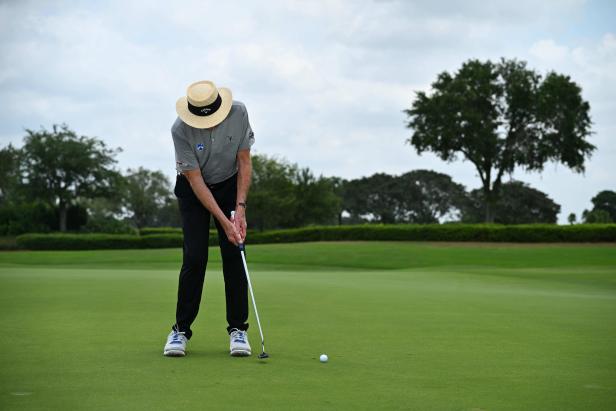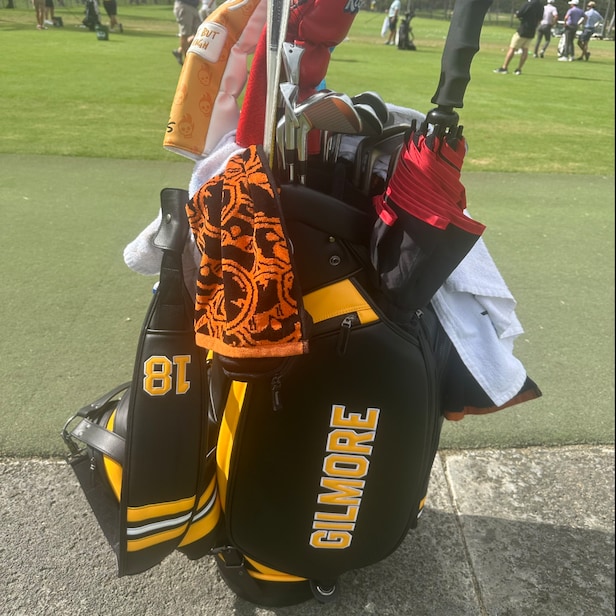If you want to two-putt from long range, you’ve got to flip your stroke – Australian Golf Digest

- by Admin
- July 26, 2024

A common misconception about putting, especially when it comes to good distance control, is that the putterhead should be accelerating as it hits the ball. That’s not actually true. If the putter is accelerating at impact, gathering momentum, the energy of the collision makes it very difficult to regulate distance. Thanks to technology and the capture of data from some of the best putters, we know that there is little or no acceleration at impact in highly efficient strokes. This notion of speeding the putterhead through the strike causes many golfers to make a short backstroke and a long follow-through—especially on those big lag putts. I’ve already mentioned what that does to distance control, but a jerky stroke like that also can cause the putterface to be open or closed at impact. Below is the look of the short-to-long stroke.
Instead, you want a stroke with an even “one-two” tempo, one count on the backstroke and one count through impact. And the putter should move at the same pace no matter whether you’re hitting a four-footer or a 40-footer. I’ll help you get that. Think about making a longer backstroke and a shorter follow-through (below). That’s probably the opposite of what your instincts are telling you to do. It eliminates the temptations of steering the putterhead or adding too much pop into the strike—and it’s testament you didn’t accelerate into the ball. Try this long-to-short stroke on the practice green and put it to work on the course as soon as you’re comfortable. Your long lags are sure to improve.
/Lead%20good.png.rend.hgtvcom.966.322.suffix/1719928622333.png)
This article was originally published on golfdigest.com
The Latest News
-
January 8, 2025South Australia leads the nation with a surge in job vacancies, outperforming other states
-
January 8, 2025Cleveland RTZ wedges: What you need to know – Australian Golf Digest
-
January 8, 2025New data shows golfers might be ditching this halfway-house staple – Australian Golf Digest
-
January 8, 2025Nurses, delivery drivers to be among Australia’s most in-demand jobs by 2030
-
January 8, 2025Demon beats world No.3 in pre-Open warning





